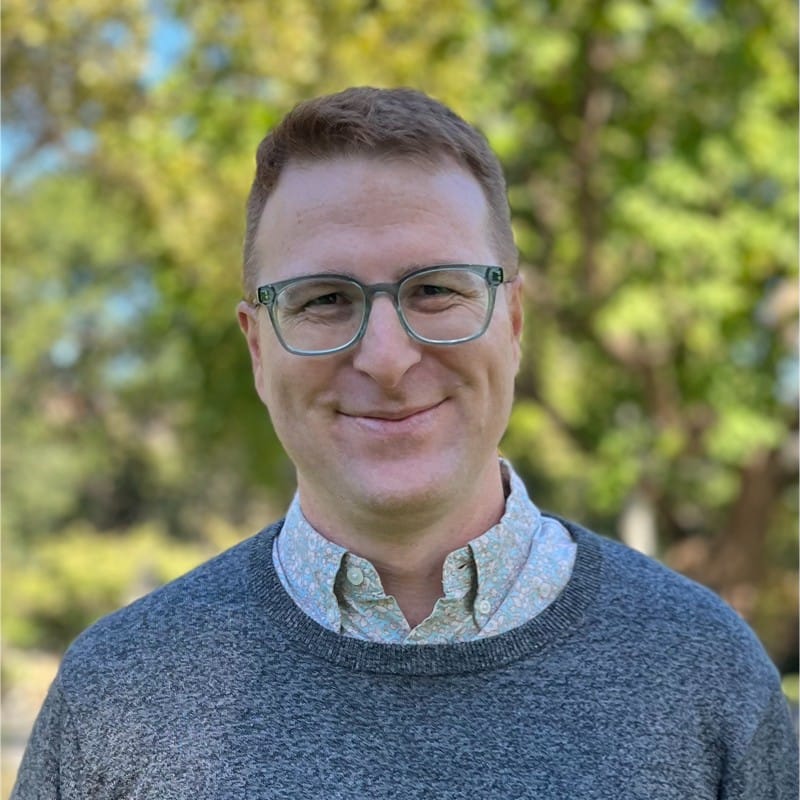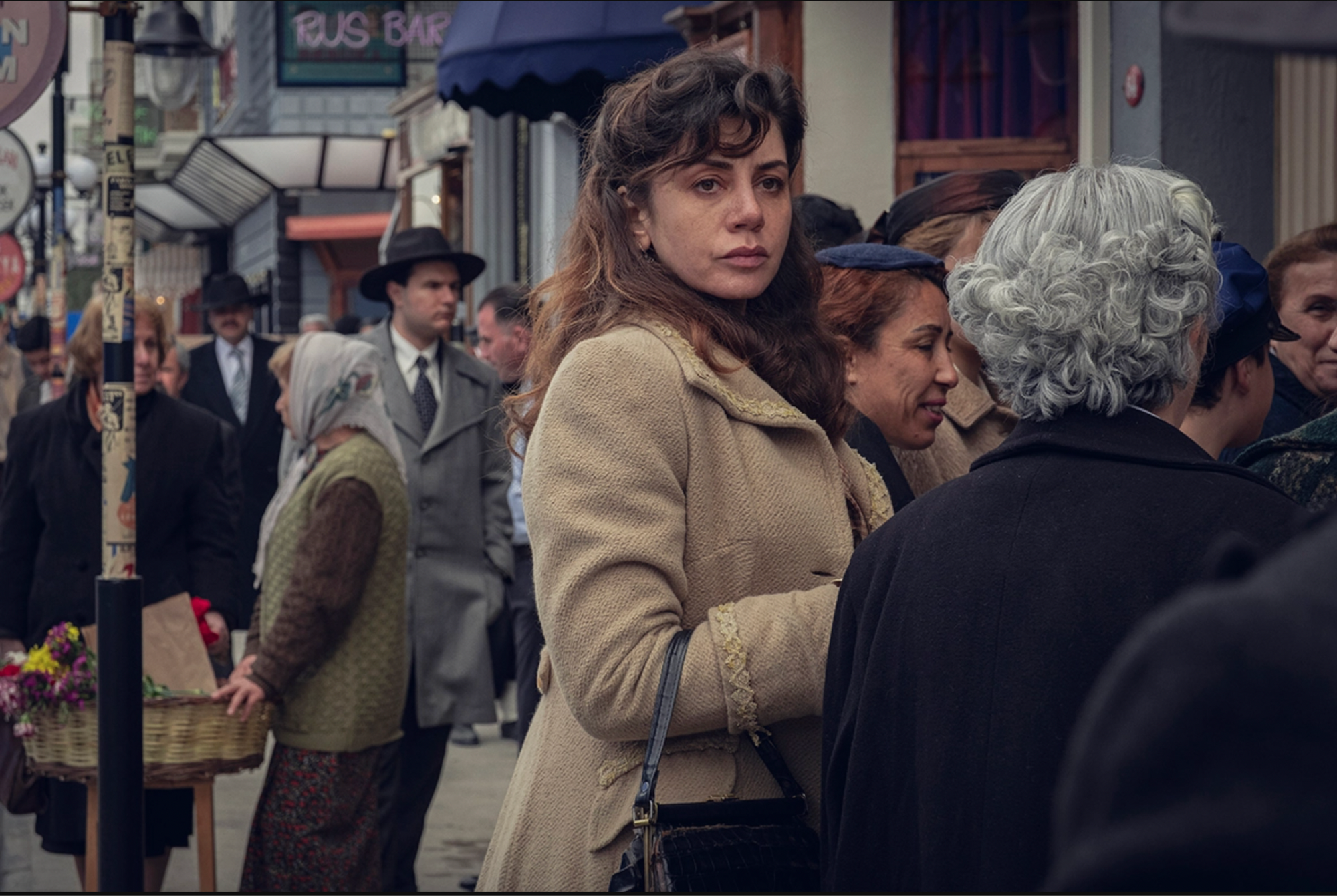Multiculturalism, Democracy and Turkification in Netflix’s The Club
The Club (Kulüp), produced by Netflix, is set in the mid-1950s among the cast, crew and management of a trendy nightclub in the Beyoğlu district of Istanbul. In addition to the use of Ladino, the language of Turkey’s Jewish population, the show uniquely represents Istanbul's minority populations, th









